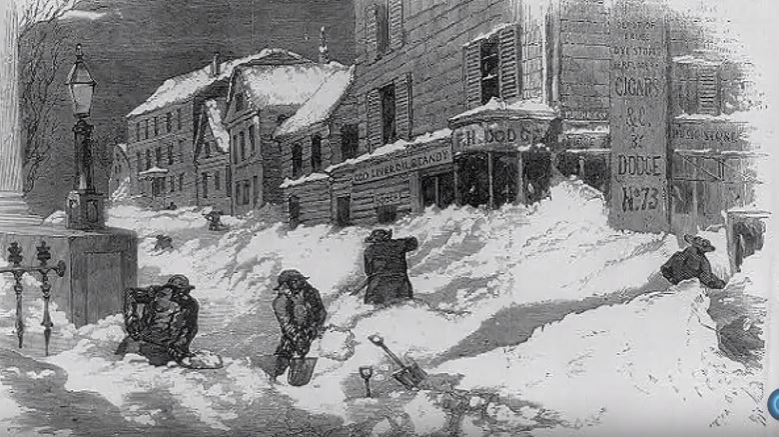The scorching summer has ended five years of plenty in many wheat producing countries and drawn down the reserves of major exporters to their
lowest level since 2007/08, when low grain stocks contributed to food riots across Africa and Asia.
Global stocks are expected to hit 273 million tonnes at the start of this years grain marketing season, according to U.S. Department of Agriculture estimates, but the problem is that
nearly half of it is in China, and they're not likely to release any onto global markets.China is well aware of what's around the corner, and in recent years has implemented bullish plans to withstand any potential global food shortages.
It is predicted that by the end of the season,
the eight major exporters will be left with just 20% of world stocks - or 26 days' cover - down from one-third a decade ago. The USDA estimates that China, which consumes 16% of the world's wheat, will hold 46% of its stocks at the beginning of the season, which starts now, and more than half by the end.


Comment: For more information check out SOTT's latest monthly summary: SOTT Earth Changes Summary - July 2018: Extreme Weather, Planetary Upheaval, Meteor Fireballs
To understand how and why these extreme weather events are occurring read Earth Changes and the Human Cosmic Connection by Pierre Lescaudron and Laura Knight-Jadczyk.